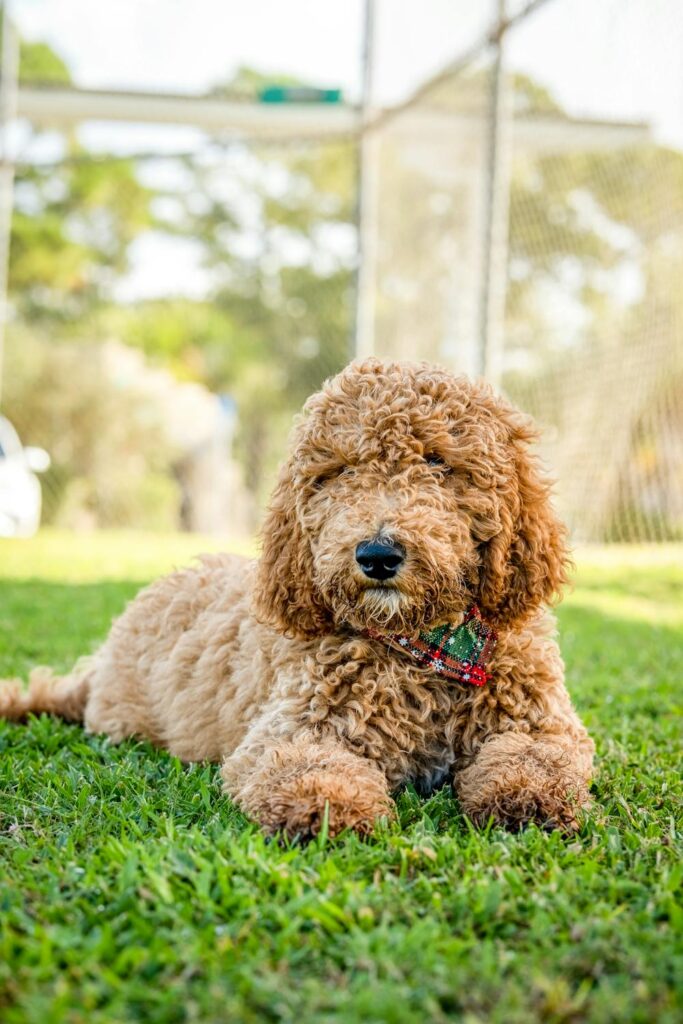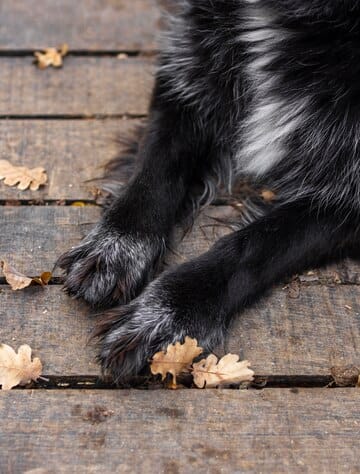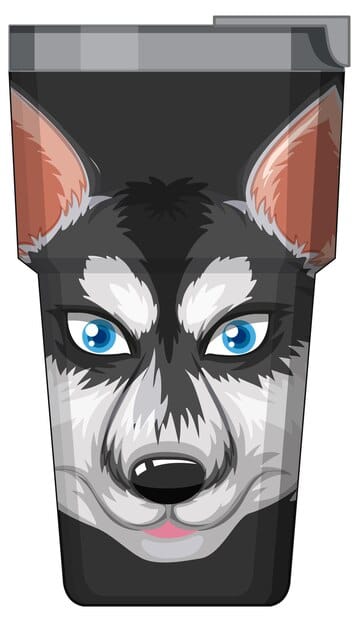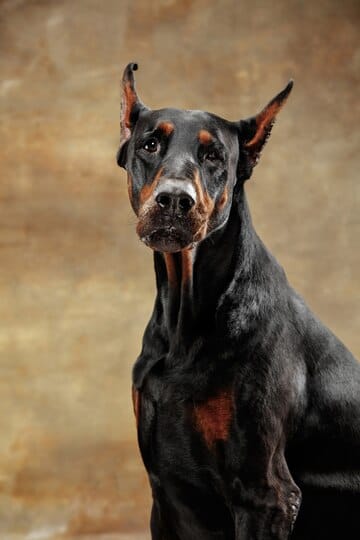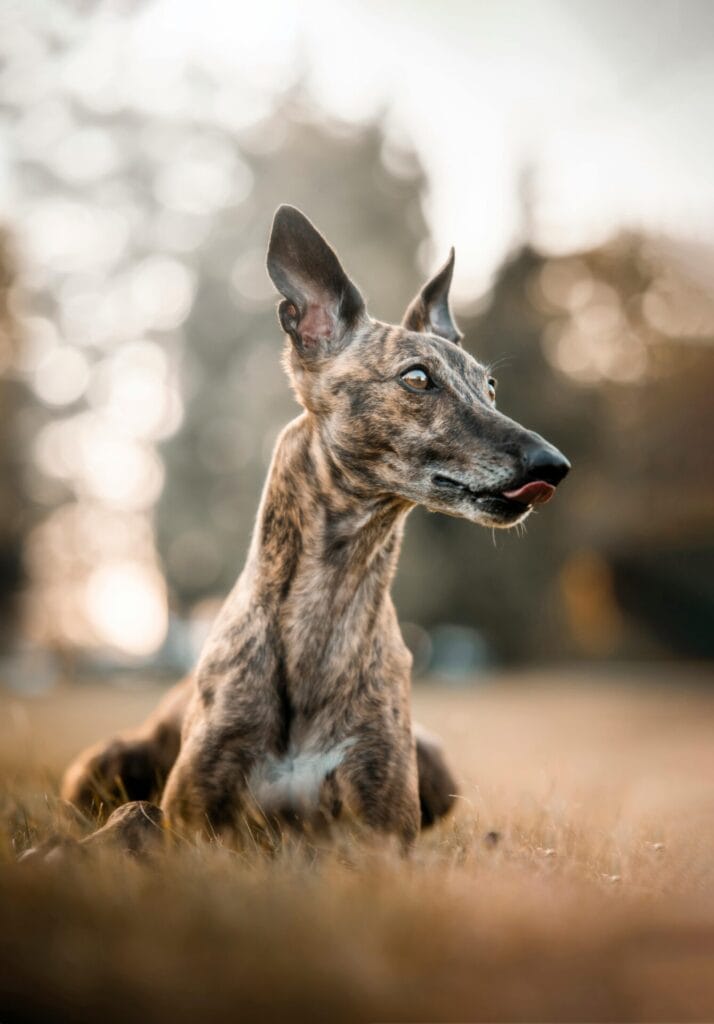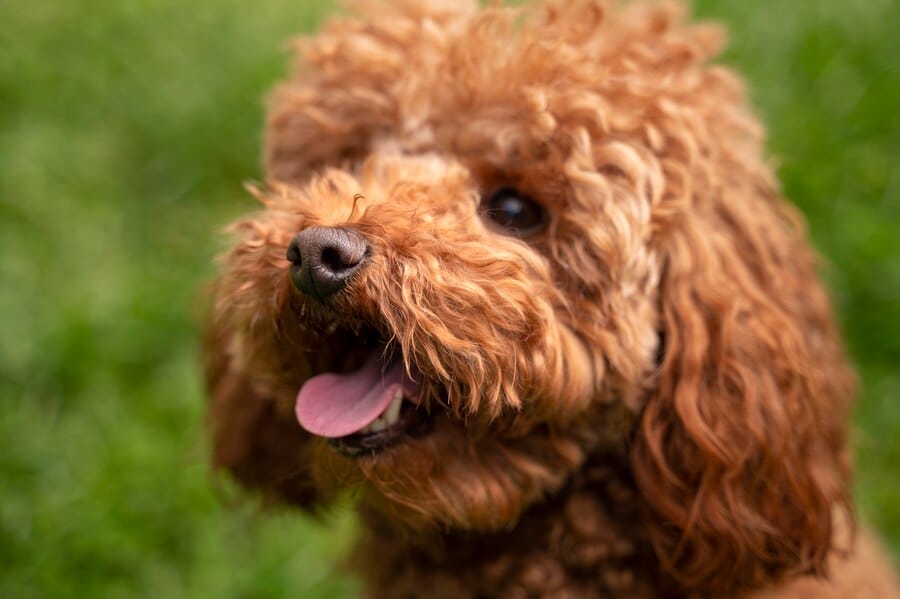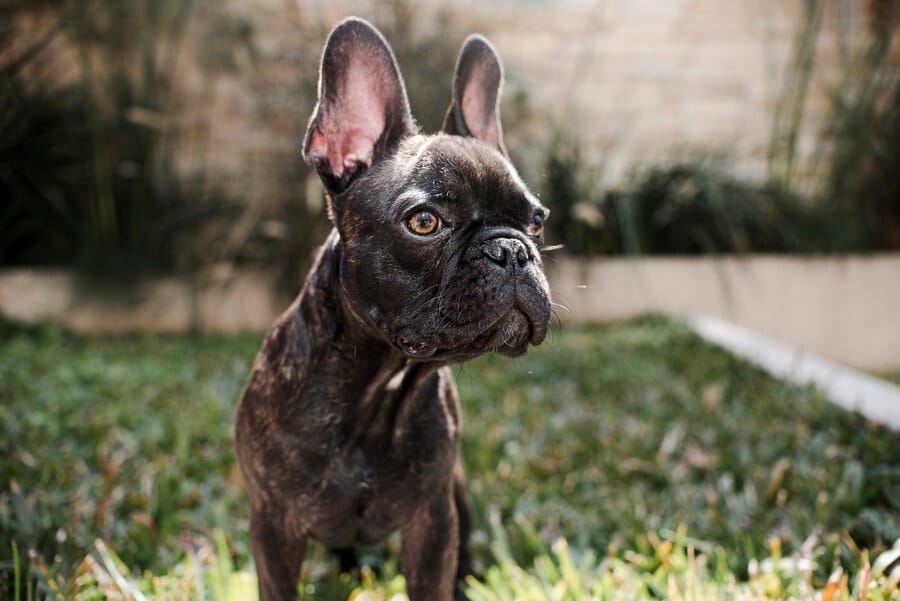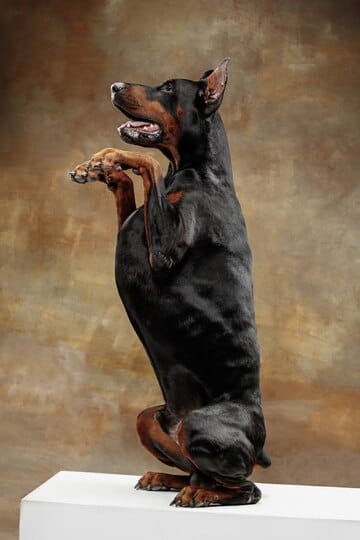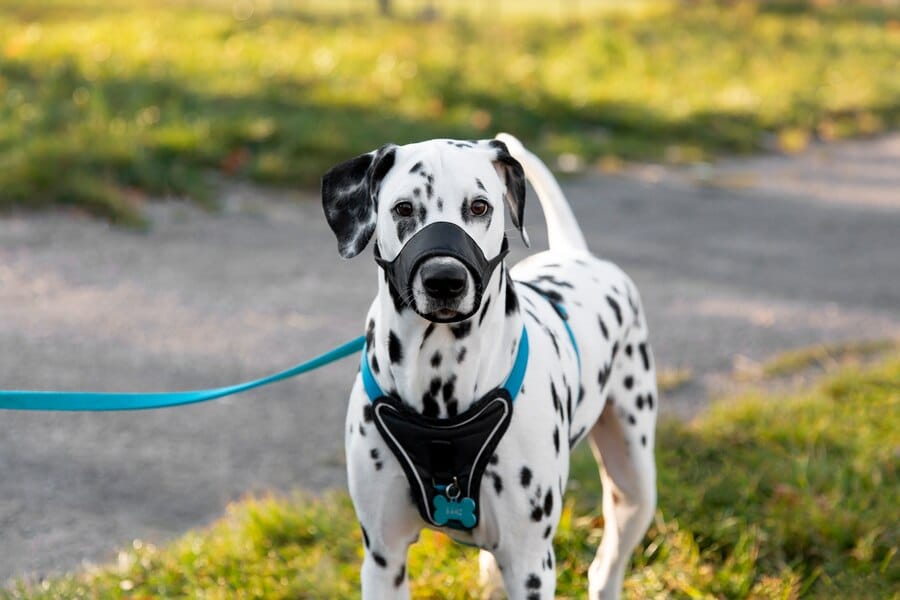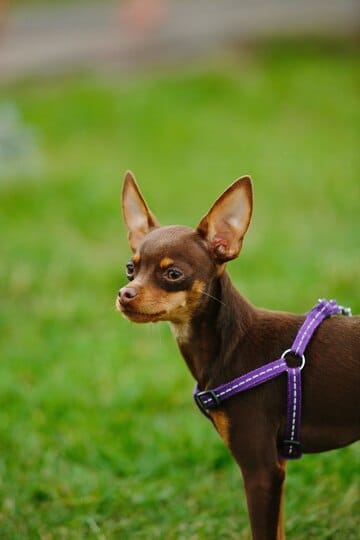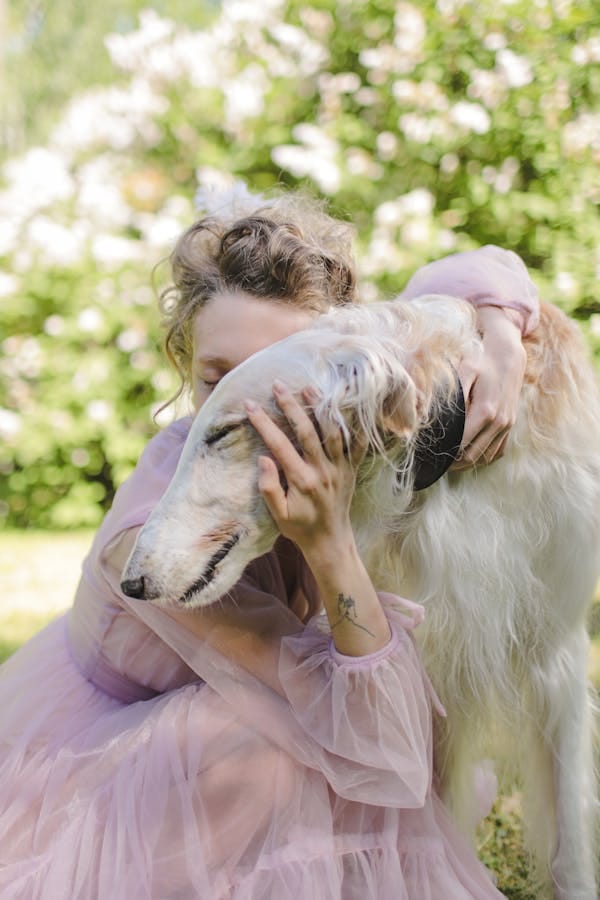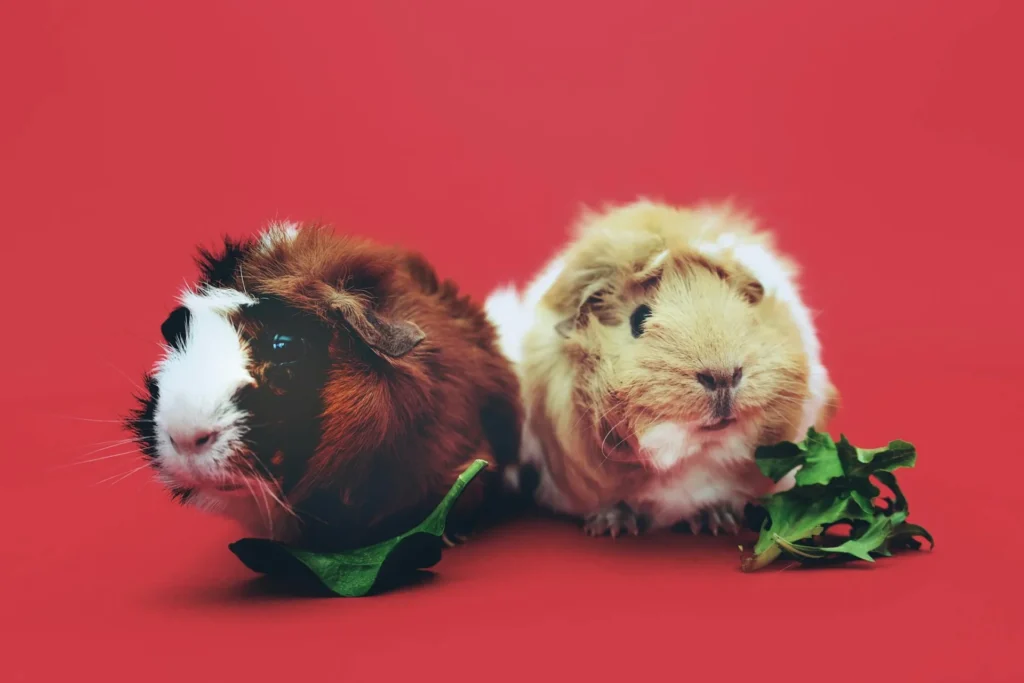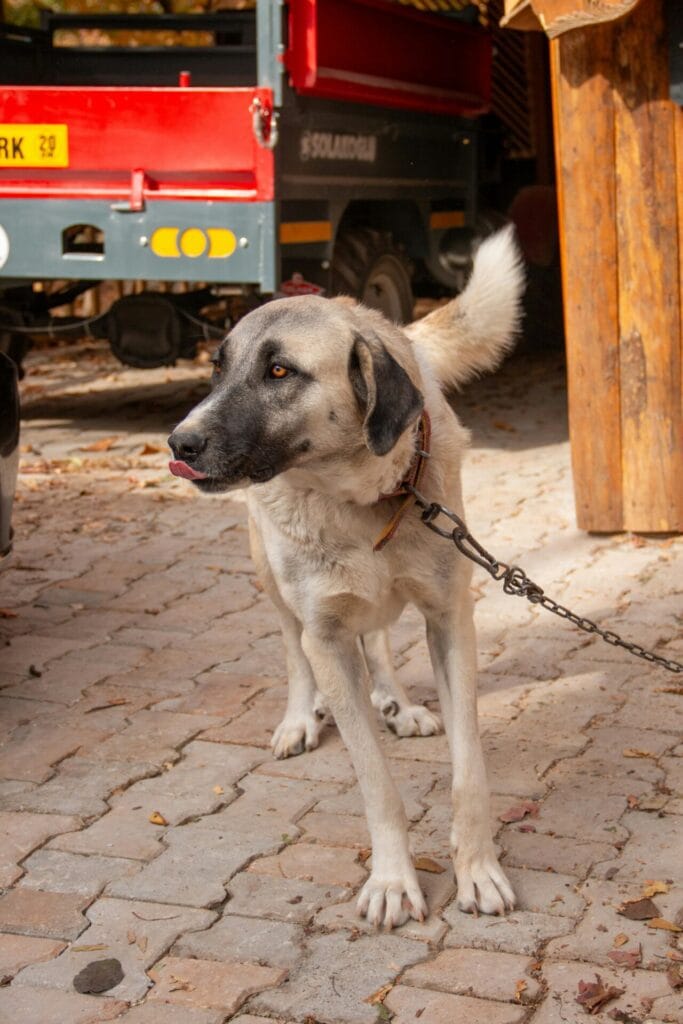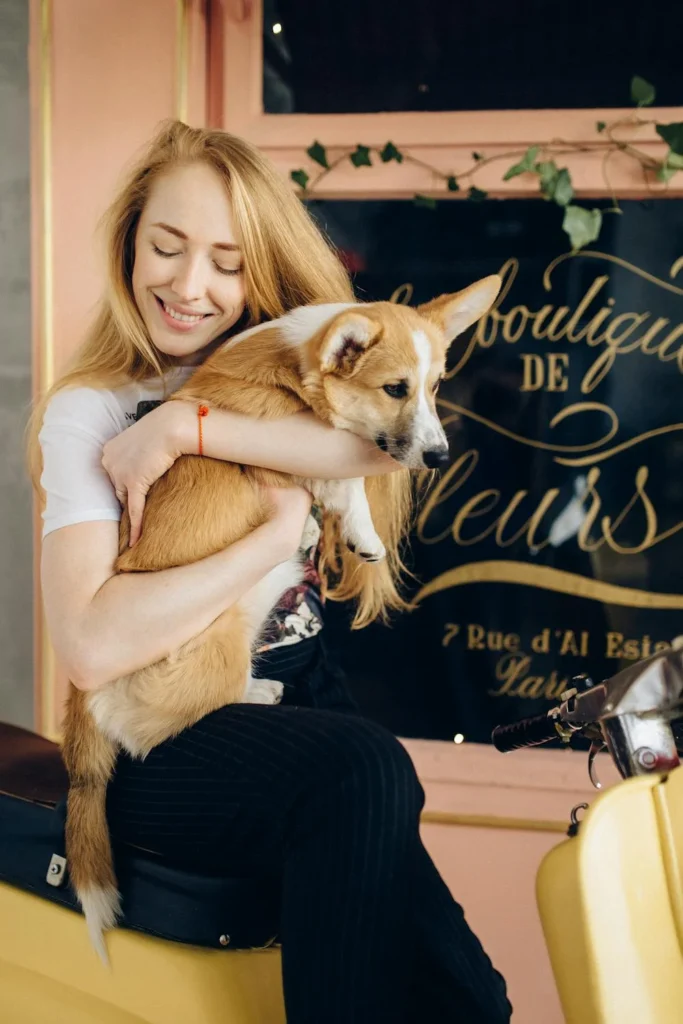- Introduction: The Doodle Phenomenon
- The Allure of Doodles: Why They’ve Captured Our Hearts
- The Reality Behind the Fluff: Challenges and Concerns
- Best and Worst Doodle Breeds: A Controversial Ranking
- The Ethics of Doodle Breeding: A Complex Issue
- Are Doodles Recognized Breeds?
- Making a Difference: Steps Towards Responsible Doodle Ownership
- The Ultimate Solution: A Balanced Approach
- Who Should Consider a Doodle?
- Why Some People Choose Doodles
- Looking to the Future: The Evolution of Designer Dogs
- Conclusion: A Call for Responsible Dog Ownership
- FAQs
Introduction: The Doodle Phenomenon
In recent years, a fluffy revolution has taken the dog world by storm. Walk through any park, and you’ll likely encounter a parade of curly-coated canines with names ending in “-oodle” or “-doodle.” These designer dogs, typically a cross between a Poodle and another purebred, have captured the hearts of dog lovers worldwide. But beneath their teddy bear exteriors lies a complex and controversial topic. Let’s dive into the world of doodles, exploring their appeal, the concerns they raise, and the ethical considerations surrounding their breeding.
The Allure of Doodles: Why They’ve Captured Our Hearts
There’s no denying that doodles have an undeniable charm. Their popularity stems from several factors:
- Adorable Appearance: With their soft, fluffy coats and expressive eyes, doodles often resemble living teddy bears.
- Hypoallergenic Claims: Many doodle breeders advertise their puppies as hypoallergenic, appealing to allergy sufferers.
- Personality Blend: The promise of combining the best traits of two beloved breeds is undoubtedly appealing.
- Size Variety: From tiny Yorkipoos to large Bernedoodles, there’s a doodle size for every preference.
- Perceived Intelligence: Poodles are known for their smarts, and this reputation extends to their mixed offspring.
The Reality Behind the Fluff: Challenges and Concerns
While doodles may seem like the perfect package, the truth is more nuanced. Let’s explore some of the issues surrounding these designer dogs.
1. Genetic Unpredictability
One of the biggest misconceptions about doodles is that they’re guaranteed to inherit the best traits of both parent breeds. In reality, genetics is a complex game of chance.
🧬 Genetic Lottery:
- A Goldendoodle might inherit a Golden Retriever’s shedding coat instead of a Poodle’s low-shedding one.
- An Aussiedoodle could end up with the high energy of an Australian Shepherd but lack the Poodle’s reputed intelligence.
2. Health Concerns
Contrary to the myth of “hybrid vigor,” mixed breeds aren’t automatically healthier than purebreds. In fact, they can inherit health issues from both parent breeds.
🚨 Potential Health Risks:
- Hip dysplasia (common in larger doodles like Labradoodles and Bernedoodles)
- Eye problems (prevalent in many Poodle mixes)
- Skin allergies and infections (often seen in tight-curled coats)
- Von Willebrand’s disease (a blood clotting disorder found in some Poodle lines)
3. Coat Maintenance Nightmares
The doodle’s signature fluffy coat often comes with a hefty maintenance price tag. Many owners are unprepared for the grooming needs of their new pet.
✂️ Grooming Challenges:
- Daily brushing to prevent matting
- Regular professional grooming (every 6-8 weeks)
- Potential for skin issues if not properly maintained
4. Temperament Roulette
While doodles are often advertised as having the perfect blend of personality traits, the reality can be quite different.
🎭 Personality Pitfalls:
- High energy levels that surprise unprepared owners (especially in breeds like Aussiedoodles)
- Potential for anxiety or nervousness (seen in some Goldendoodles and Labradoodles)
- Conflicting instincts (e.g., a Shepadoodle with both herding and retrieving drives)
Best and Worst Doodle Breeds: A Controversial Ranking
It’s important to note that individual dogs vary greatly, and responsible breeding practices play a crucial role. However, some doodle mixes are generally considered more successful than others.
Potentially Better Doodle Mixes
- Miniature Goldendoodle (Miniature Poodle + Golden Retriever)
- Often achieves a good balance of size, temperament, and coat type
- Generally friendly and adaptable to various living situations
- Cockapoo (Cocker Spaniel + Poodle)
- One of the oldest doodle mixes, with more established breeding lines
- Often retains a manageable size and friendly disposition
- Maltipoo (Maltese + Toy Poodle)
- Small size makes them suitable for apartment living
- Often inherits the gentle nature of both parent breeds
More Problematic Doodle Mixes
- Saint Berdoodle (Saint Bernard + Standard Poodle)
- Extreme size difference between parent breeds can lead to structural issues
- High risk of hip dysplasia and other joint problems
- Challenging grooming needs due to the combination of Saint Bernard’s thick coat and Poodle’s curls
- Shepadoodle (German Shepherd + Standard Poodle)
- Conflicting instincts can lead to behavioral issues
- High energy needs may be too much for average owners
- Potential for anxiety and protective behaviors that require expert handling
- Giant Schnoodle (Giant Schnauzer + Standard Poodle)
- Both parent breeds have high grooming needs, resulting in an extremely high-maintenance coat
- Strong guarding instincts may be inappropriate for inexperienced owners
- Potential for stubbornness and challenging training
The Ethics of Doodle Breeding: A Complex Issue
The doodle craze has raised serious ethical concerns within the dog breeding community and among animal welfare advocates.
Overbreeding and Puppy Mills
The high demand for doodles has led to a surge in irresponsible breeding practices. Puppy mills and backyard breeders often prioritize quantity over quality, leading to:
- Poor health screening of parent dogs
- Substandard living conditions for breeding dogs and puppies
- Early separation of puppies from their mothers
- Lack of proper socialization for puppies
False Advertising and Unrealistic Expectations
Many doodle breeders make claims that are exaggerated or simply false:
- Guarantees of hypoallergenic coats (no dog is truly 100% hypoallergenic)
- Promises of specific temperaments or intelligence levels
- Assurances of size that can’t be predicted in mixed breeds
Abandonment and Shelter Overflow
As the reality of doodle ownership sets in, many unprepared owners surrender their dogs:
- High-maintenance coats lead to grooming challenges
- Unexpected behaviors or energy levels overwhelm owners
- Health issues result in expensive vet bills
Lack of Breed Standards and Recognition
Unlike purebred dogs, doodles lack established breed standards:
- No consistent traits across generations
- Difficulty in predicting adult size, coat type, or temperament
- Lack of oversight from kennel clubs or breeding organizations
Are Doodles Recognized Breeds?
As of now, no major kennel club recognizes doodles as official breeds. This lack of recognition means:
- No standardized breeding practices
- No official health testing requirements
- No conformation standards to breed towards
The American Kennel Club (AKC) and other international kennel clubs maintain that crossbreeds, including doodles, do not meet the criteria for breed recognition.
Making a Difference: Steps Towards Responsible Doodle Ownership
While the ethical concerns surrounding doodle breeding are significant, there are ways to make a positive impact:
- Educate Potential Owners
- Share accurate information about the realities of doodle ownership
- Encourage thorough research before getting any dog, doodle or otherwise
- Support Ethical Breeders
- If choosing a doodle, seek out breeders who prioritize health testing and responsible practices
- Ask for health clearances for both parent breeds
- Visit the breeding facility and meet the parent dogs
- Consider Adoption
- Many doodles end up in shelters or rescue organizations
- Adopting saves a life and provides a home to a dog in need
- Advocate for Better Breeding Practices
- Support legislation that regulates dog breeding
- Encourage transparency in the breeding industry
- Promote Purebreds and Mixed-Breed Rescues
- Highlight the benefits of both purebred dogs and general mixed-breed rescues
- Emphasize that a dog’s individual personality is more important than its breed or mix
The Ultimate Solution: A Balanced Approach
The doodle debate doesn’t have a simple solution, but a balanced approach can help:
- Responsible Breeding
- Encourage doodle breeders to adhere to strict health testing and ethical practices
- Support efforts to develop consistent breeding standards for popular doodle mixes
- Owner Education
- Provide comprehensive information to potential doodle owners about the realities of these dogs
- Offer resources on grooming, training, and health care specific to doodle mixes
- Rescue and Rehabilitation
- Support rescue organizations that specialize in rehoming doodles
- Promote foster programs to help doodles transition to permanent homes
- Research and Documentation
- Encourage scientific studies on the health and behavior of doodle mixes
- Document multi-generational outcomes to better understand these crosses
Who Should Consider a Doodle?
Despite the concerns, doodles can be wonderful companions for the right owners. Consider a doodle if:
- You’re an experienced dog owner ready for a grooming challenge
- You have the time and resources for regular exercise and mental stimulation
- You’re committed to ongoing training and socialization
- You understand that traits are not guaranteed and are prepared for variability
- You’ve researched the health issues of both parent breeds and are ready for potential challenges
Why Some People Choose Doodles
Understanding why people are drawn to doodles can help address the demand more responsibly:
- Allergy Concerns: While no dog is truly hypoallergenic, some people find doodles more tolerable.
- Family-Friendly Reputation: Many doodles are known for their gentle nature with children.
- Intelligence and Trainability: The Poodle’s smarts often translate to quick-learning doodles.
- Adaptability: Some doodle mixes are versatile and suit various lifestyles.
- Unique Appearance: The cute factor of doodles is undeniable and appealing to many.
Looking to the Future: The Evolution of Designer Dogs
As the doodle trend continues, it’s crucial to consider the long-term implications:
- Potential for New Recognized Breeds: With careful breeding and documentation, some doodle varieties might eventually become recognized breeds.
- Improved Health Testing: Increased scrutiny may lead to better health screening practices among doodle breeders.
- Shift in Public Perception: As more people become aware of the challenges, the demand for doodles may stabilize or decrease.
- Focus on Rescue and Rehabilitation: An increased emphasis on adopting rather than shopping for doodles.
Conclusion: A Call for Responsible Dog Ownership
The doodle debate ultimately boils down to responsible pet ownership and ethical breeding practices. Whether you choose a doodle, a purebred, or a mixed-breed rescue, the key is to make an informed decision and commit to providing the best possible life for your canine companion.
Remember, every dog, regardless of its breed or mix, deserves a loving home and proper care. By prioritizing education, responsible breeding, and ethical ownership, we can ensure a brighter future for all dogs – doodles included.
FAQs
Q: Are doodles really hypoallergenic?
A: No dog is truly 100% hypoallergenic. While some doodles may shed less, they still produce allergens in their dander and saliva.
Q: Why are doodles so expensive?
A: The high price often reflects their popularity and the costs associated with breeding (health testing, care for parent dogs, etc.). However, price doesn’t always indicate quality or ethical breeding practices.
Q: Can doodles be ethically bred?
A: Yes, with rigorous health testing, careful selection of parent dogs, and transparent communication with buyers. However, this is not always the case in the current market.
Q: Are there any efforts to standardize doodle breeding?
A: Some organizations are working to establish breeding standards for popular doodle mixes, but these are not yet widely recognized or enforced.
Q: Should I get a doodle?
A: This depends on your lifestyle, experience with dogs, and willingness to meet the specific needs of a doodle. Thorough research and honest self-assessment are crucial before making this decision.
By understanding the complexities surrounding doodle breeds, we can make more informed decisions about dog ownership and contribute to more ethical practices in the world of canine companionship. Whether you’re a doodle enthusiast or a skeptic, the welfare of our furry friends should always be the top priority. 🐶💖

